Perfectly Grilled Halloumi Cheese for Beginners
12 min read Learn how to perfectly grill halloumi cheese with easy tips and techniques, ideal for beginners exploring Mediterranean flavors. August 18, 2025 18:05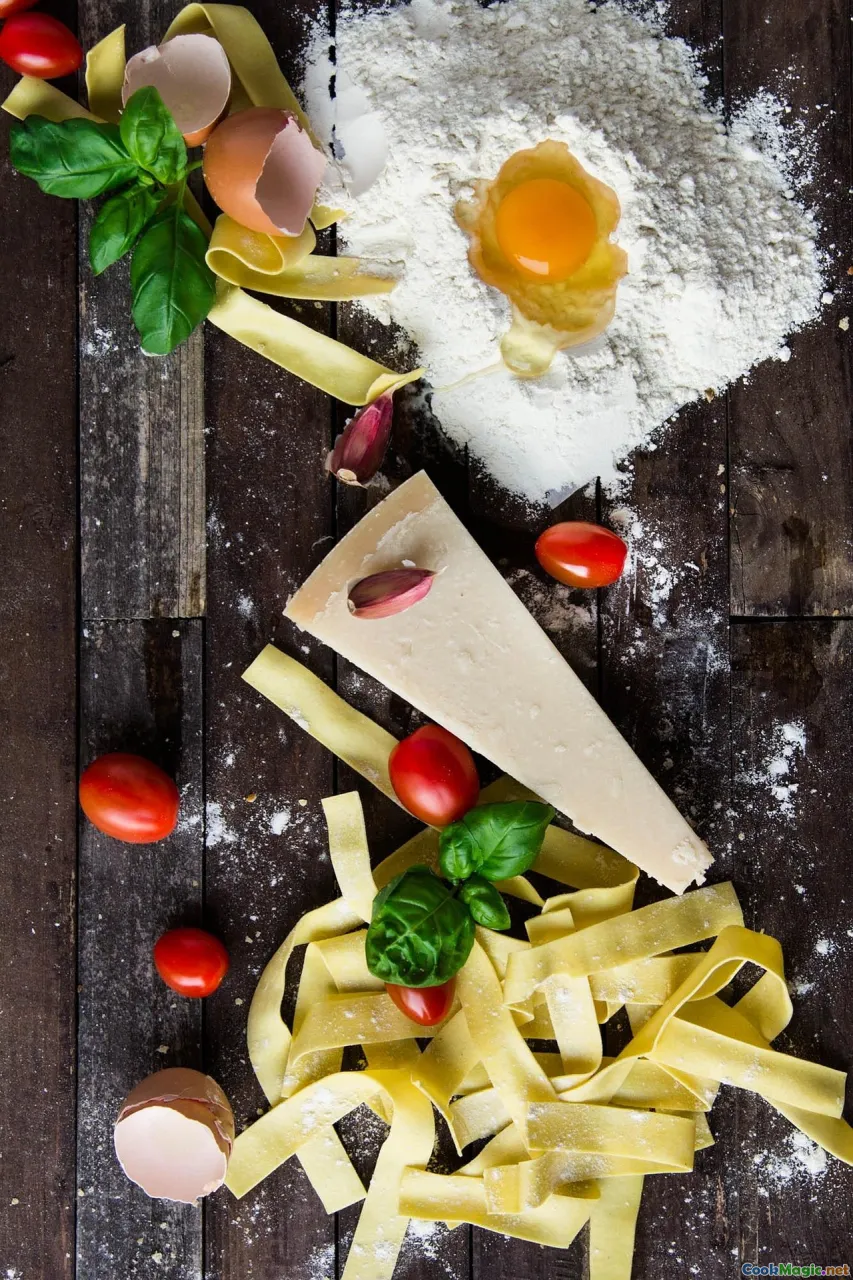
Perfectly Grilled Halloumi Cheese for Beginners
As you wander through the sun-drenched landscapes of the Mediterranean—through the bustling markets of Cyprus, the quaint villages of Greece, or the vibrant coastal towns of Turkey—you can almost feel the aroma of sizzling cheese wafting in the warm air. Among the many culinary treasures of this region, halloumi stands out as a unique, irresistible delight with its.Golden, crispy exterior and a satisfying, squeaky bite. Its salty charm, combined with its ability to hold shape on the grill, makes it a favorite for both traditional dishes and casual summer gatherings.
For those new to Mediterranean cuisine or simply looking to elevate their grilling game, mastering the art of perfectly grilled halloumi is both rewarding and straightforward. This guide will take you through everything you need to know—from selecting the right cheese to serving it in authentic and imaginative ways—so you can enjoy this iconic heritage food with confidence and flair.
The Cultural Roots and Heart of Halloumi

Halloumi is not just cheese; it is a cultural emblem with roots embedded in the history and traditions of the eastern Mediterranean. Originating from Cyprus, it has been enjoyed for centuries, often accompanying communal gatherings, festivals, and family feasts. Historically, cheese-makers crafted halloumi from goat’s and sheep’s milk, though today it’s commonly made with cow’s milk or a blend.
In Cyprus, the ritual of cheese-making is deeply tied to seasonal cycles, and halloumi is traditionally produced during the spring and summer months when fresh milk is abundant. Its semi-hard texture and salty taste reflect both the pastoral lifestyle and the region’s maritime climate, adding a touch of earthy authenticity that’s impossible to replicate elsewhere.
Culinary traditions surrounding halloumi involve grilling, frying, or serving as an element in mezze platters, alongside fresh vegetables, olives, and crusty bread. Its resilience on the grill symbolizes resilience and unity—a pride that has persisted through centuries of cultural shifts.
Selecting the Perfect Block of Halloumi
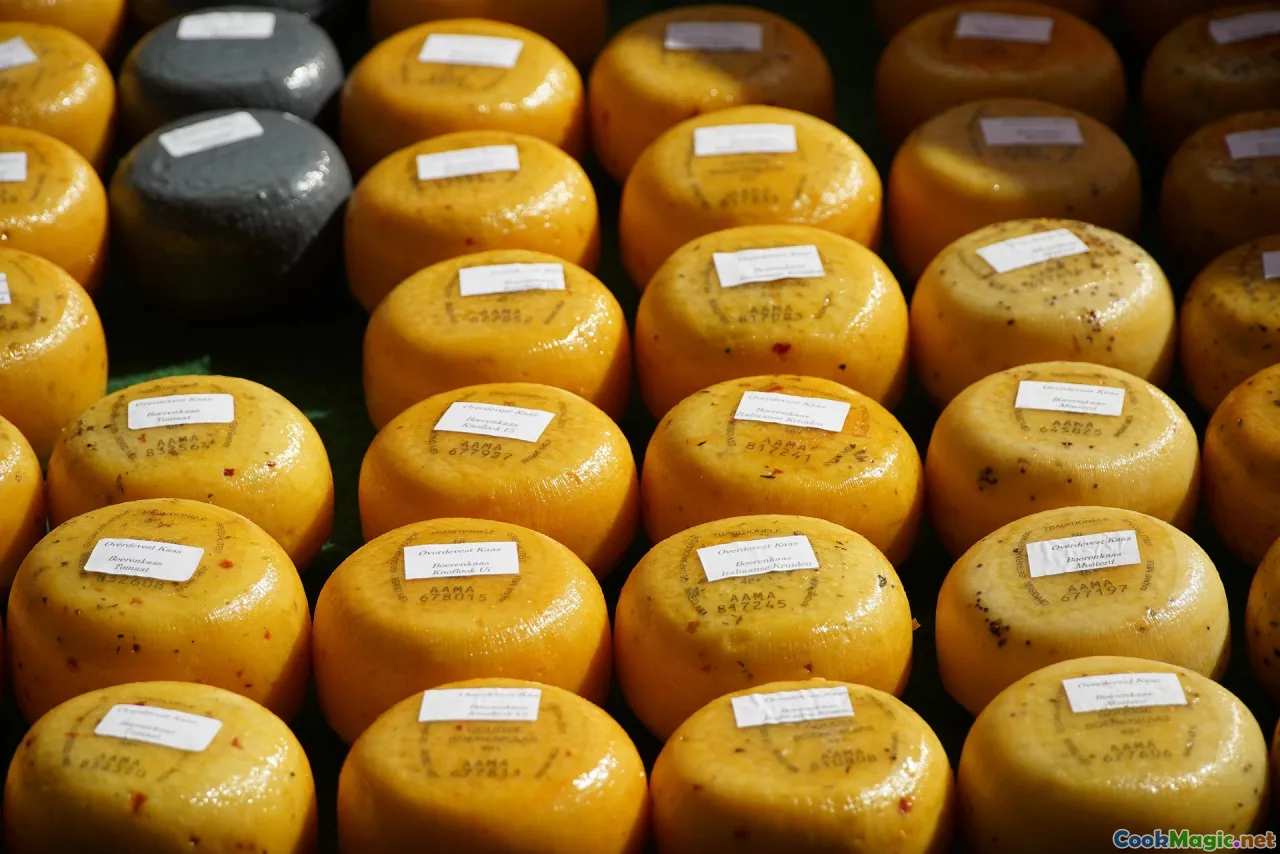
Choosing the right halloumi is tantamount to setting yourself up for success. While many supermarkets now carry pre-packaged slices, for the best grilling results, seek out a fresh, high-quality block of authentic halloumi. Look for cheese with a firm, slightly springy texture—if it feels too soft or rubbery, it may be over-processed or past its prime.
Authentic halloumi typically has a white or slightly off-white hue, sometimes with a faint yellow tint. It should smell clean, with subtle hints of the salty, milky aroma characteristic of Mediterranean cheeses. When selecting, consider local cheese shops or Mediterranean markets—they often stock fresh, traditional varieties that taste markedly superior to industrialized options.
If possible, ask about the origin and process of cheese-making; traditional methods, with milk from sheep or goats, will tend to yield more complex flavor profiles perfect for grilling. Avoid pre-sliced, processed “grilling cheese,” which often contain added preservatives or stabilizers that don’t hold up well on the grill.
Preparing Halloumi for Grilling
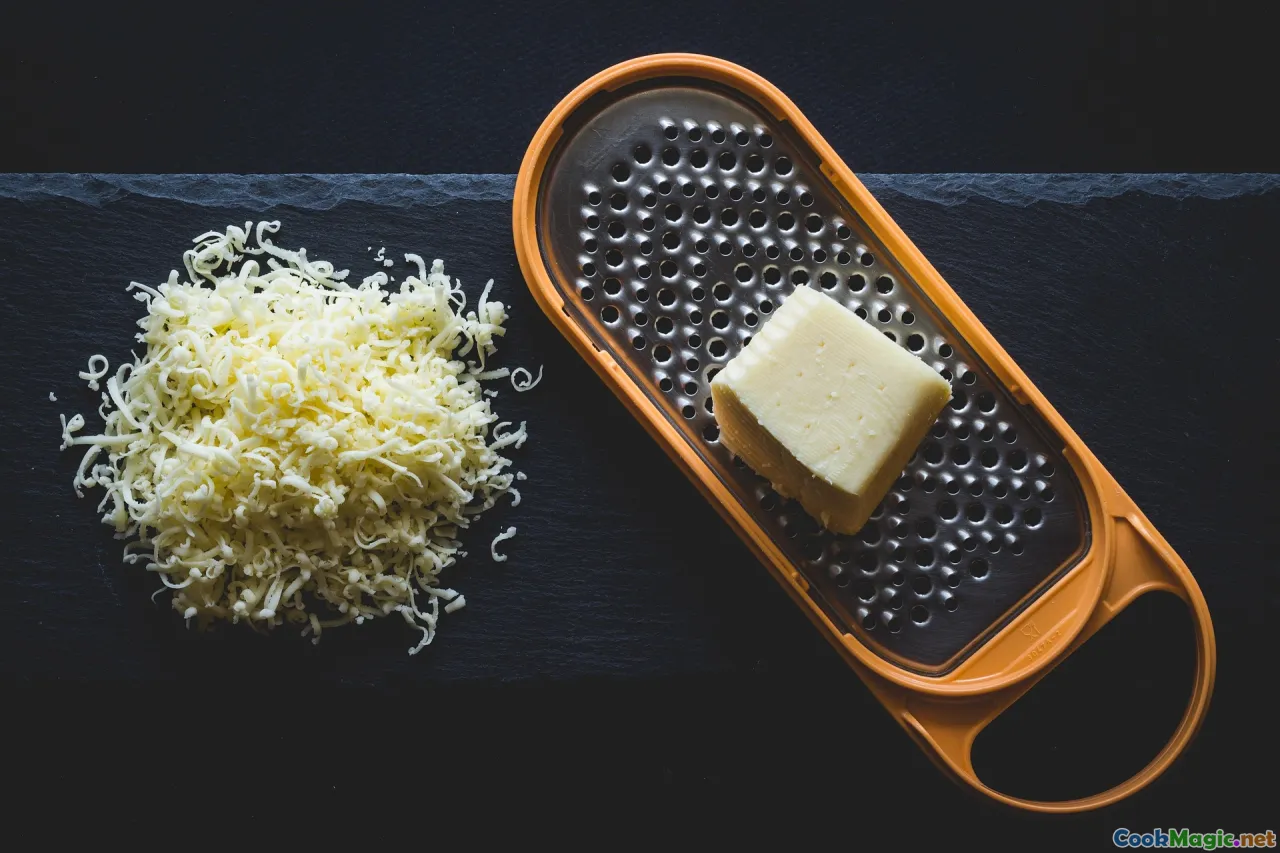
Proper preparation is essential to achieving that iconic golden-brown crust and squeaky bite. Start by removing the cheese from its packaging, gently patting it dry with paper towels to remove excess moisture—this helps in achieving that crispy exterior.
Next, decide on your desired thickness: slices of about 1/2-inch to 3/4-inch generally work well. Thicker slices resist falling apart and develop a lovely crust, while thinner slices cook faster and are ideal for appetizers.
For an extra flavor dimension, some chefs like to lightly brush the slices with olive oil and sprinkle them with a little black pepper, za’atar, or even a touch of chili flakes. This creates a beautiful contrast with the cheese’s natural saltiness and enhances the sizzling sound and aroma on the grill.
Always preheat your grill—be it charcoal or gas—until it reaches a medium-high heat (around 375–400°F / 190–200°C). Clean the grates thoroughly to prevent sticking, and lightly oil the grill grates just before cooking.
Mastering the Grilling Technique
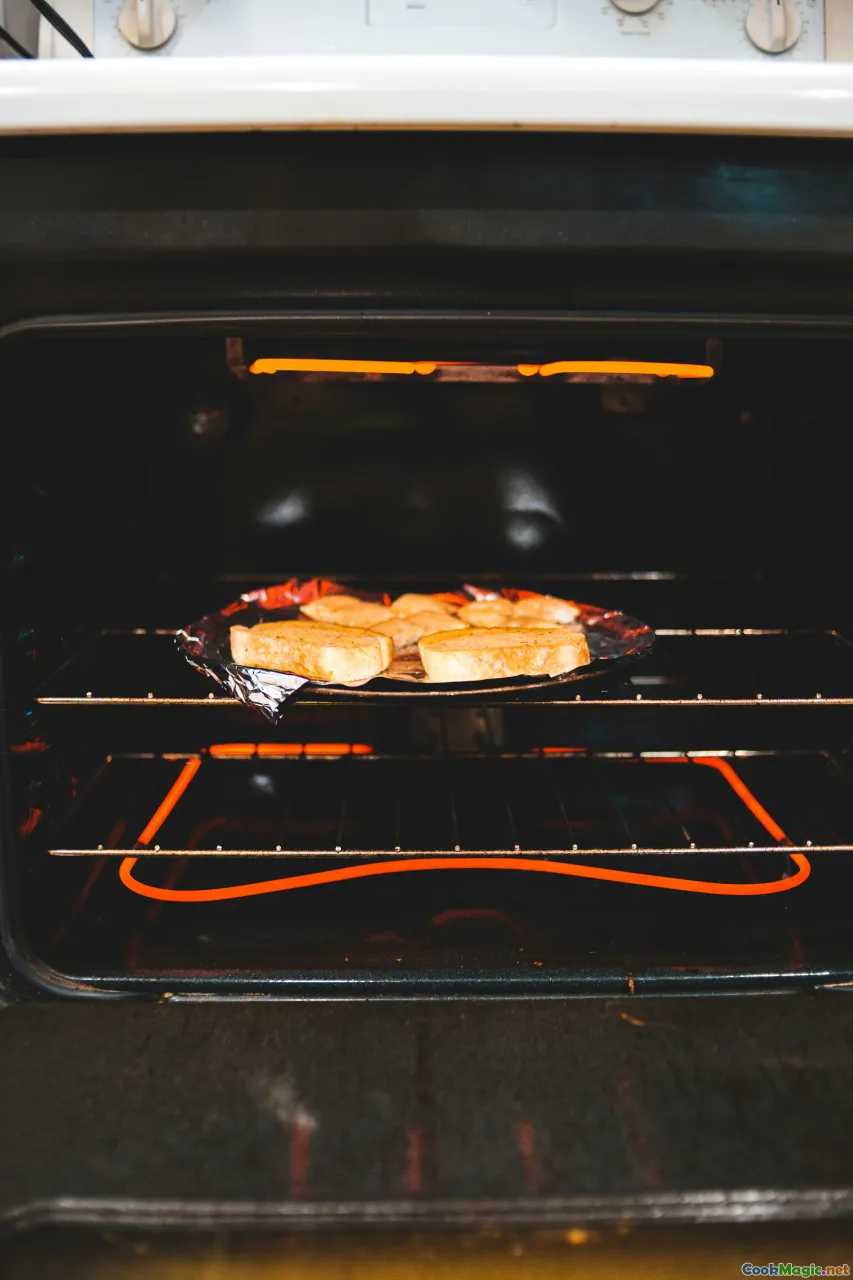
The key to perfect grilled halloumi lies in technique. Place the cheese slices onto the hot grill grates, and resist the urge to move them immediately. Let each side develop a rich, caramelized crust—about 2–3 minutes per side—before flipping. Use tongs to turn slices gently, avoiding dragging or breaking.
You’ll notice the cheese begins to change color—developing beautiful grill marks with a slightly smoky aroma. It’s tempting to overcook, but resist—halloumi tastes best when just golden on the outside, still slightly firm but tender within.
For added smoky depth, consider using a cast iron grill pan if outside grilling isn’t available. This method evenly distributes heat and results in beautifully defined grill lines.
Once grilled, remove the slices from the heat and let them rest for a minute. This allows the cheese to set and avoids losing its shape when plated.
Pro Tip: For a communal feel, set the cheese on a warm platter with lemon wedges, fresh herbs, and a drizzle of honey—elements that complement the cheese’s savory intensity.
Serving Suggestions and Traditional Uses
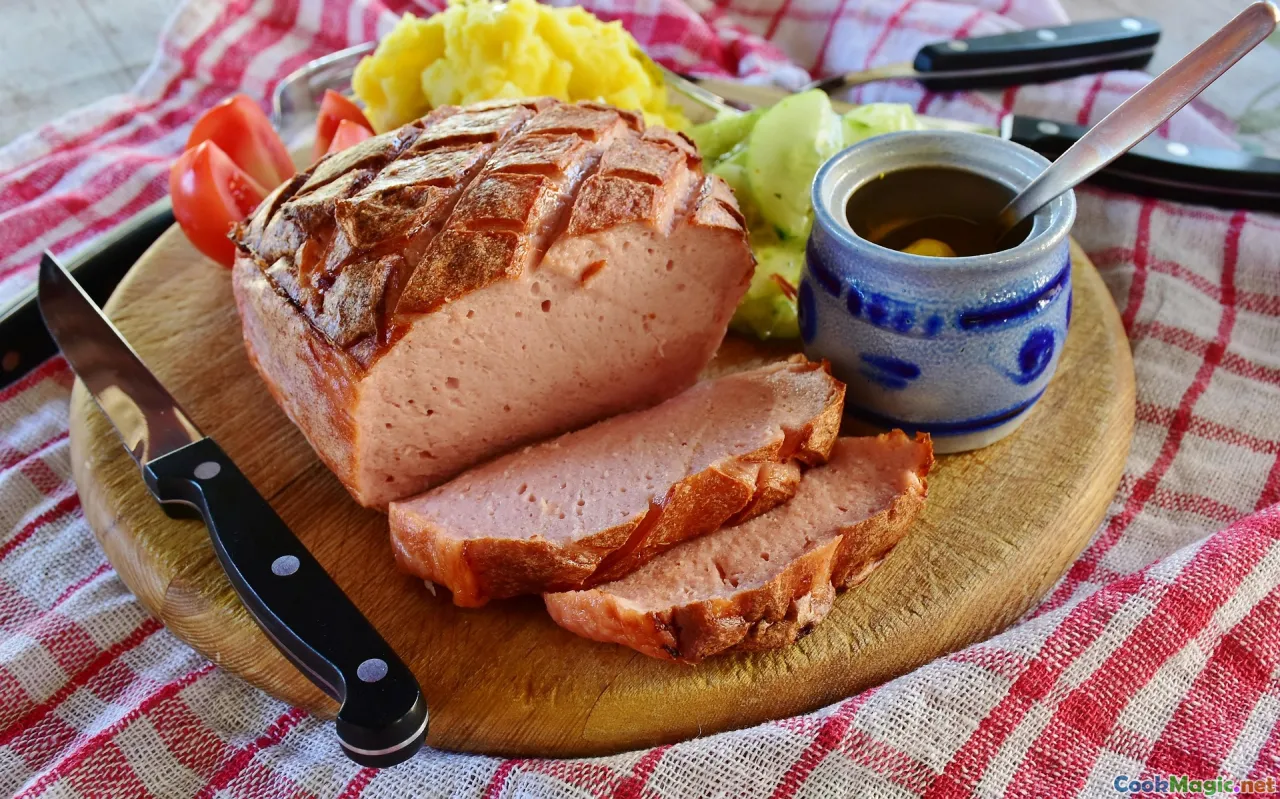
Grilled halloumi shines in a variety of dishes, each with its own regional story:
- Cypriot Mezze: Serve slices of grilled halloumi alongside fresh tomato, cucumber, olives, and warm pita bread for an authentic mezze experience.
- Salads: Toss grilled halloumi into a Mediterranean salad with cherry tomatoes, arugula, and red onions, dressed in lemon and olive oil.
- Sandwiches: Layer hot halloumi in a pita or flatbread with grilled vegetables for a satisfying snack.
- Skewers: Thread chunky pieces of halloumi with vegetables and herbs onto skewers, then grill for a communal appetizer.
- Baked Dishes: Incorporate grilled halloumi into casseroles or baked stacks, combining Mediterranean flavors into hearty comfort food.
For a personal twist, top your grilled cheese with a spoonful of pesto, a splash of balsamic reduction, or a sprinkle of sumac for extra complexity.
Tips for Success and Troubleshooting

- Prevent sticking: Always oil your grates lightly and ensure proper preheating.
- Avoid tearing: Use tongs, and handle the cheese gently when flipping.
- Watch the heat: Too high, and the cheese burns before developing flavor; too low, and it doesn’t crisp properly.
- Monitor timing: Keep a close eye—most slices take just a few minutes per side.
- Storing leftovers: If you have any grilled halloumi leftovers, store them in an airtight container in the fridge for up to two days. Reheat gently or enjoy cold in salads.
Personal Insights and Beyond
Growing up in a Mediterranean household, I remember the first time I watched my grandmother grill halloumi over an open flame during summer family gatherings. The sizzle of cheese hitting the grill, the fragrant aroma swirling through the humid air—those moments are etched in my culinary memory.
Over the years, I've experimented with various marinades—lemon juice, herbs, and even sumac—to add layers of flavor. Each variation teaches something new about this resilient cheese’s versatility, transforming simple grilling into a cultural celebration.
For beginners, mastering grilled halloumi opens the door to a world of Mediterranean flavors—flavors that evoke sunlit terraces, warm breeze, and heartfelt conviviality. It’s not just about the taste; it’s about connecting with a rich tradition that celebrates regional simplicity and genuine hospitality.
So, gather your ingredients, fire up your grill, and embrace the satisfying satisfaction of producing that perfect, golden, squeaky slice of Mediterranean history.
Enjoy your culinary journey—one grill mark at a time.









